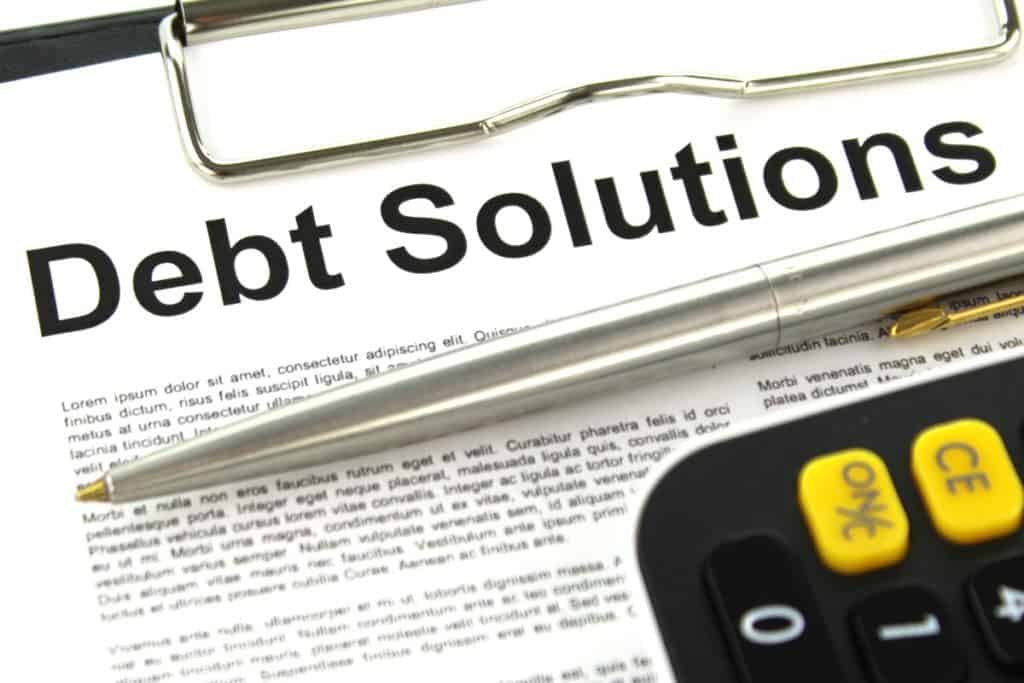Consumer proposal FAQs: What is a consumer proposal?
Last week we discussed Consumer Proposal Vs Debt Settlement. Consumer proposals remain a hot topic and today we’d like to share with you some of our consumer proposal faqs.
A Consumer Proposal (Plan or CP) is a formal way governed by the Bankruptcy and Insolvency Act (BIA) available only to people. Working with a licensed insolvency trustee acting as your Plan administrator you make a proposal to:
- Pay your creditors a percentage of what you owe them over a specific period
- Extend the time you have to pay off the debt
- Avoid bankruptcy
Payments are made through the trustee, and the trustee uses that money to pay each of your creditors. The debt must be paid off within five years.
Consumer proposal FAQs: How do I qualify for a consumer proposal?
As discussed in our last blog, you must be an individual and your total debts must not exceed $250,000 (not including debts from a mortgage or line of credit secured by your principal residence).
You must also meet the insolvency test. This means that:
- your debts are greater than your assets;
- if you liquidated all of your assets you would not have enough money to pay off your debts in full; and
- you are having trouble making the full payment on all of your debts every month.
Making only minimum monthly payments don’t count as paying off your debts.
Consumer proposal FAQs: What does a consumer proposal cost?
There are no upfront fees associated with CPs. Your Plan payments cover the cost of filing a Plan. There are no separate charges either for filing a Plan or fees paid to the trustee to act as your CP administrator. To calculate the professional fee the trustee uses a formula in the BIA and it comes out of the amount you are paying in your Plan.
Consumer proposal FAQs: How does a consumer proposal work?
A CP allows you to make arrangements to pay all or part of your unsecured debt in monthly payments over a predetermined time period.
- A licensed insolvency trustee will meet with you and work out a payment plan that they believe will work for you and be acceptable by your creditors.
- The trustee acting as your Plan administrator will file the CP with the Office of the Superintendent of Bankruptcy.
- The trustee will send the Plan to your creditors who then have 45 days to accept or reject your CP. The creditors can also accept or reject your CP before a meeting of creditors if such a meeting was held. Normally in a Plan, there is no need to hold a meeting of creditors.
Consumer proposal FAQs: How long will my consumer proposal last?
A CP can last a maximum of five years but you can shorten the proposal term either by increasing the amount of your monthly payment or by offering a lump sum payment (if you are able to borrow a sufficient lump sum from either a bank or family).
Consumer proposal FAQs: Can a consumer proposal get rid of collections agencies and prevent my wages from being garnished?
Yes, a CP immediately stops almost all creditor actions (garnishments for family law support payments cannot be stopped by a consumer proposal) including tax debts.
Consumer proposal FAQs: If I agree to a consumer proposal will I lose my house and my car?
Typically secured creditors are not affected by a Plan and in most cases, you will continue to make your payments as usual. This assumes that your budget, which you prepare as part of filing your consumer proposal, shows that you can afford to do so.
If you have a mortgage against your house or a car loan registered against your car, you can opt for surrendering your house and/or car (secured assets) and stop making those payments before filing the CP. In this case, the lender will sell the secured asset and any resulting shortfall becomes an unsecured debt in your Plan.
NOTE: If you were to give up your secured assets after the filing of your Plan, you won’t be released from any shortfall debt because it occurred after the filing of your Proposal. So make sure that if you are giving up secured assets, you wait for the secured creditors to recognize that you have given them up and they have begun their enforcement proceedings, including selling the home or car, BEFORE you file your CP.
Consumer proposal FAQs: Will I have to give up my credit cards?
Typically, you will have to give all of your credit cards to the trustee and you won’t be able to apply for a new credit card until the term of your CP is over. You will, however, be able to use a prepaid or secured credit card during this period.
Consumer proposal FAQs: If I miss a payment will I be bankrupt?
We strongly recommend you to make your payments faithfully. You can defer up to two payments but if you fall three payments behind, your Plan will end. This means that you will no longer have protection from creditors and they can again start their collection efforts against you.
Consumer proposal FAQs: What is my next step if I have too much debt?
If you’re considering preparing, filing and completing a Plan or are seeking debt relief options contact Ira Smith Trustee & Receiver Inc. Our approach for every file is to create an outcome where Starting Over, Starting Now becomes a reality, beginning the moment you walk in the door. You’re only one call away from taking the steps towards a debt free life.


